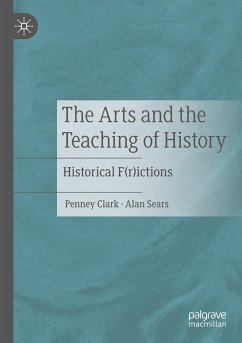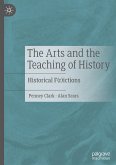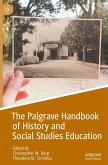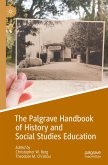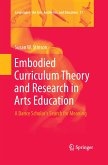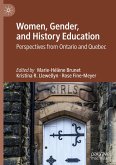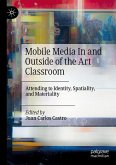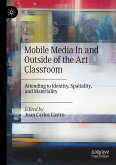This book closely examines the pedagogical possibilities of integrating the arts into history curriculum at the secondary and post-secondary levels. Students encounter expressions of history every day in the form of fiction, paintings, and commemorative art, as well as other art forms. Research demonstrates it is often these more informal encounters with history that define students' knowledge and understandings rather than the official accounts present in school curricula. This volume will provide educators with tools to bring together these parallel tracks of history education to help enrich students' understandings and as a mechanism for students to present their own emerging historical perspectives.
"The chapters detail examples of literature, visual art, and public art. They explore ways of knowing that acknowledge differences in intention, method, and imagination between period novels and historical fiction; visual art as source ... and public art as a vehicle for the convergence of history and heritage. Examples are drawn from a variety of contexts and eras ... . Clark and Sears remind history teachers-at any level-of the ongoing importance of understanding the past as permeating the present." (Karen Stanworth, Historical Studies in Education, Vol. 34 (2), 2022)

